
The Top 5 All-Time List of Best Legal Films
Where would Hollywood be without lawyers? In a town built on crazy contracts, copyrights, and fine print, lawyers have played just as a big a part in the history of movies as anyone else. But while their behind the scenes work is certainly commendable, it’s when they’re portrayed in front of the camera where they truly shine.
Sure, Hollywood might not always get lawyering right. But that doesn’t mean that the juicy legal dramas we all know and love aren’t based in truth.
But which lawyer movies are actually the best? Well, we’ve done the research and watched the evidence and have come up with quite the list. So, please quiet down as the court is now in session.
So continue reading and we’ll walk you through the best legal films that you need to know about.
1. To Kill a Mockingbird (1962)
You probably had to read To Kill a Mockingbird in high school. And, if you were lucky enough, you were rewarded at the end of the semester by getting to watch the movie based on the book.
In this masterpiece, actor Gregory Peck lends his legendary dignity to the part of Atticus Finch, one of pop culture’s most beloved small-town lawyers. With a script written by Horton Foote and directed by Robert Mulligan, the movie became an instant hit. Audiences across the country fell in love with Peck’s portrayal of the morally righteous Finch who fought against the explicit racism in 1930s Alabama.
The film follows Finch as his daughter, Scout, when a crippled black man is falsely accused of assaulting a white woman. Finch became a gold standard of lawyering that future attorneys could model themselves after. Atticus stood by his principles and wouldn’t allow the pressure of the town to stop him from seeking justice.
The film went on to win three Acadamy Awards that year, including Best Actor for Gregory Peck.
2. 12 Angry Men (1957)
Originally a stage play, 12 Angry Men follows a hostile jury as they debate a death penalty case. The film stars Henry Fonda, who also produced the picture. He acts as the only juror who seems to doubt what at first seemed like an open-and-shut case.
It’s hard to overstate the amount of empathy that Henry Fonda is able to elicit as he attempts to see the case from all angles. The next ninety minutes follows Fonda as he convinces one juror after another to show compassion for the defendant and see things from a different perspective.
We get to see these twelve angry men unload their prejudgments, prejudices, and personal baggage onto each other as they debate if they should send a young Puerto Rican man to the gallows.
The film was the feature directorial debut of acclaimed director Sidney Lumet, who had previously directed 12 Angry Men for television.
3. My Cousin Vinny (1992)
Are you looking for some more laughs and hijinks out of your lawyers? If so, then My Cousin Vinny may be just what you’re looking for. In this film, Vincent “Vinny” Gambini (played by Joe Pesci) is a brash lawyer from Brooklyn who only recently passed the bar exam after several attempts.
He’s now representing his cousin and his cousin’s friend who were arrested for murder in Alabama. Get ready to laugh as Vinny brings his New York swagger to the laidback South. The film also stars Marisa Tomei as Vinny’s fiancée.
My Cousin Vinny became a big critical and financial success and even won Marisa Tomei the Academy Award for Best Supporting Actress.
4. A Few Good Men (1992)
Not only is A Few Good Men the most quotable lawyer film of all time, but it might also be one of the most quotable movies in general. With direction by Rob Reiner (The Princess Bride) and a script by Aaron Sorkin (The West Wing, The Social Network), it’s hard to beat this cinematic combination.
The film stars Tom Cruise as a reluctant Navy JAG litigator who must defend two low-ranking Marines who have been accused of murder. The men say that they were following orders from their commander, Col. Nathan Jessup (Jack Nicholson), but Jessup says otherwise.
The truth, if you can handle it, turns out to be something much more dramatic and complex than you might have guessed.
5. Brewster’s Millions (1985)
A lot of people don’t know this but the hit 1985 film, Brewster’s Millions, is actually the seventh film adaption of the 1902 novel of the same name. If you’re looking for a hilarious movie relating to things like probate and inheritance, then you have to check this film out.
The film follows Monty Brewster (Richard Pryor), a Minor League baseball player after he gets arrested for getting into a bar fight. Brewster is then told that his distant relative just died and left him with $300 million.
However, there’s a catch. Monty can either choose to only receive $1 million upfront or he can attempt to get the $300 million. In order to get all of the money, however, he must spend $30 million in thirty days.
When Monty attempts to go for the full $300 million, he realizes that spending money is actually more difficult than he originally thought.
Which of These Lawyer Movies Are You Going to Watch?
Lawyer movies make up some of the best films that Hollywood has to offer. And that makes sense, considering the pressure and risks that lawyers take on every day. If you’re looking for some legal inspiration, then definitely make sure to check out the films listed above.
Are you looking for other helpful entertainment articles like this one? If you are, then make sure to check out the rest of our blog today for more!

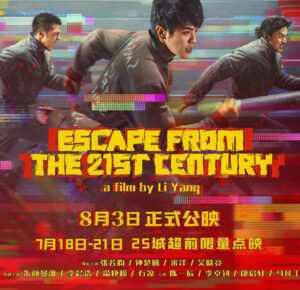

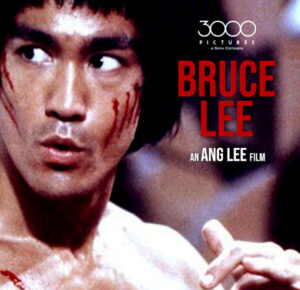

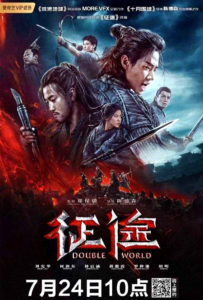

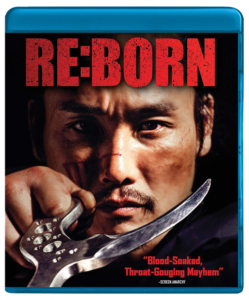
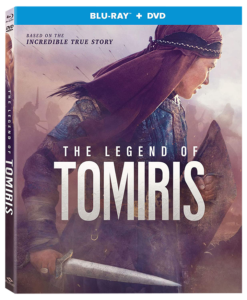

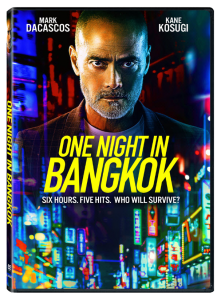
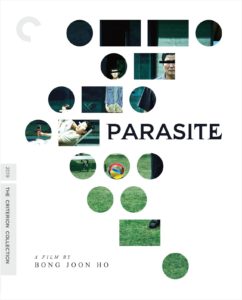

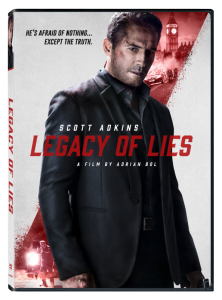

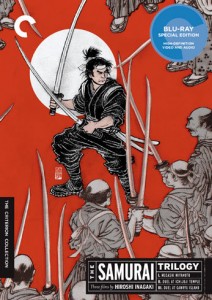






1 Comment